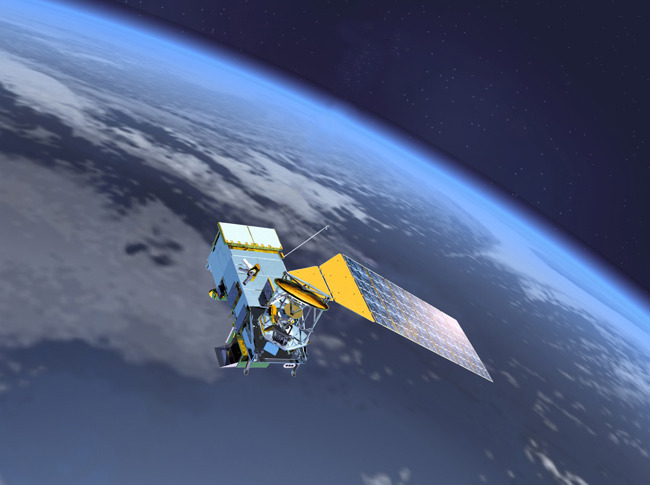Recent Study Finds Human ‘Fingerprint’ in the Cycle of Seasons

It’s been a long debate, with a grim conclusion: humans are to blame for Earth’s climate change. In the beginning, it was referred to the increase of temperature at the surface of the planet, but now climate change means more than that.
The Meaning of Climate Change
Right now, climate change means changing the weather patterns, an increase in storms, ice melting, oceans and other places getting warmer than usual.
According to a recent study, they found that the warming caused by humans was also found in the earth’s higher atmosphere. More than that, scientists saw changes in the seasonal climate, which matched their expectations.
The international team of scientists that authored the study are the best climate scientists that have been studying our Earth’s atmosphere: Benjamin Santer, Stephen Po-Chedley, Mark Zelinka, Ivana Cvijanovic, Celine Bonfils and Paul Durack (Lawrence Livermore National Laboratory), Carl Mears, Frank Wentz (Remote Sensing Systems), Qiang Fu (University of Washington), Jeffrey Kiehl (University of California, Santa Cruz), Susan Solomon (MIT), and Cheng-Zhi Zou (University of Maryland).
Using data from satellites which fly around Earth and measure temperatures, scientists compared them with the “human influence” fingerprint patterns, based on computer calculations of the changes in greenhouse gas levels in the atmosphere.
The team then compared “human influence” fingerprints were with results from “no human influence” calculations. These calculations allowed researchers to see if the “human influence” fingerprint was the same data from satellites.
“Our results suggest that attribution studies with the changing seasonal cycle provide powerful and novel evidence for a significant human effect on Earth’s climate,” explained the lead author of the study, Benjamin Santer, who is a LLNL climate scientist.
Proof of “Human Fingerprint”
According to their study, researchers found out that in the troposphere – the lower part of the atmosphere – global warming was found in the measurements of the seasonal cycles, and the human influence fingerprint matched the data from satellites.
Looking at both Hemispheres, the warming is more significant during summer than in the winter. The south has a little smaller difference between seasons because it has more water, changing the reflectivity of the planet.
The authors conclude that:
“For tropospheric temperature, a human-caused signal is now evident in the seasonal cycle itself.”
0 comments